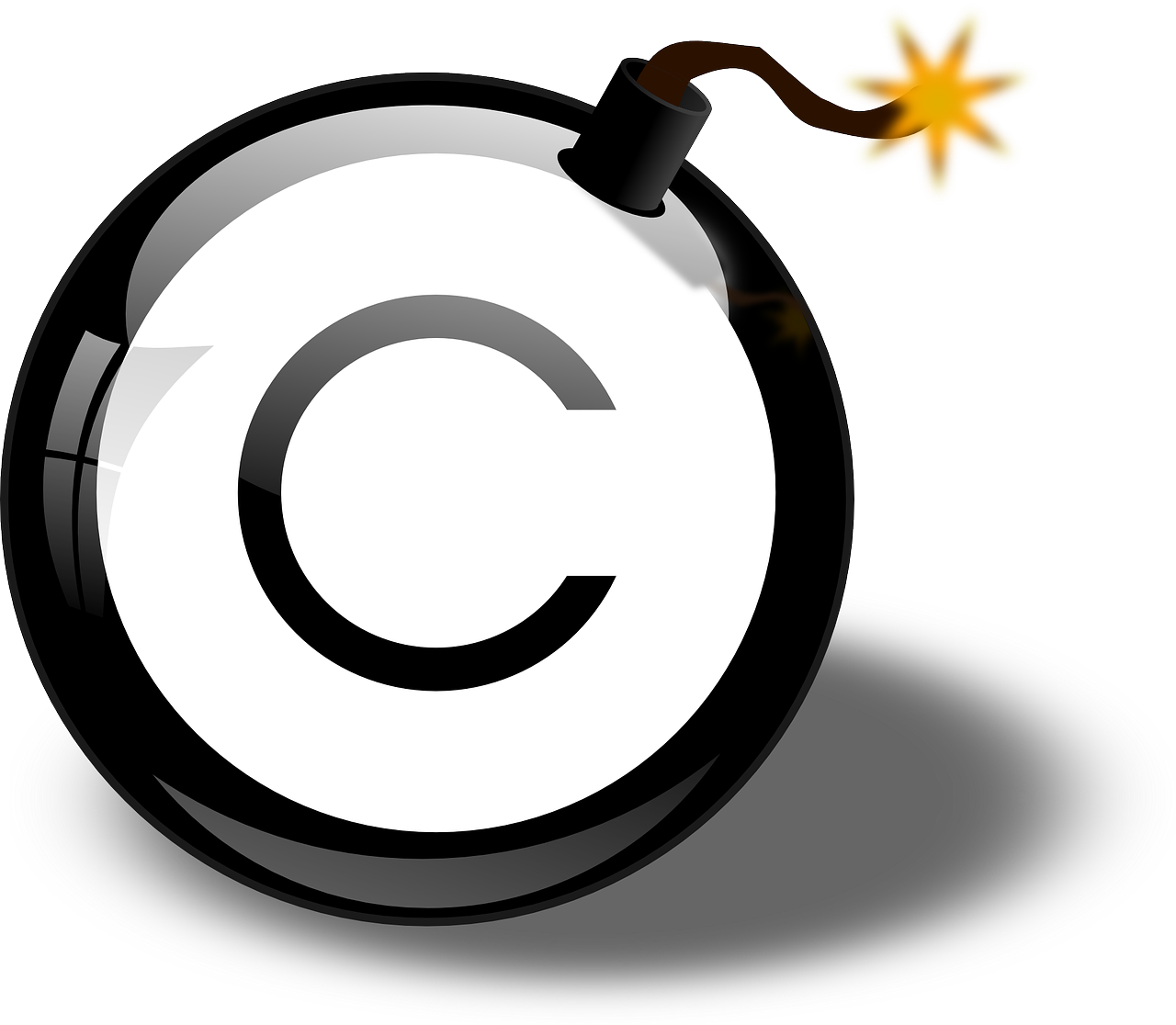Have you ever considered copyright issues in machine translations?
There are two ways in which copyright law can deal with works where human interaction is minimal or non-existent. It can either deny copyright protection for works that have been generated by a computer or it can attribute authorship of such works to either the creator of the program or its user.
A machine cannot be an author within the meaning of copyright law. Legal instruments related to copyright implicitly refer to authors as a human being creator of the work. However, even translations that are entirely generated by machine require some human input.
The Court of Justice of the European Union (CJEU) has declared in Infopaq decision (C-5/08 Infopaq International A/S v Danske Dagbaldes Forening), that copyright only applies to original works, and that originality must reflect the “author’s own intellectual creation.” This is usually understood as meaning that an original work must reflect the author’s personality, which clearly means that a human author is necessary for a copyright work to exist.
There is one significant exception in the EU MS legislations, and it is the UK. Works generated by machines are expressly considered. Under section 9(3) of the Copyright Designs and Patent Act, related to the authorship of work, paragraph 3 stipulates that „in the case of a literary, dramatic, musical or artistic work which is computer-generated, the author shall be taken to be the person by whom the arrangements necessary for the creation of the work are undertaken”. This provision raises a question: who is the one who undertakes the necessary arrangements – software developer or person pushing the button? Most of the opinions indicate that person pressing a button would be an author under the UK law.
However in other EU jurisdictions it is clear that merely pressing a button to generate new elements does not create an original work within the meaning of copyright. As a result a „raw” machine translation can be freely used and reused by anyone. This is quite a rare scenario, however.
More frequently situation is less clear-cut. When the elements generated are based on pre-existing works stored in a database (TMs), and in certain cases post-edited by human beings.
One or more raw translation(s) that are generated by machine and suggested to human translators for either making a choice between various suggestions and/or post-edit the propositions (as is the case with the use of translation memories) could give rise to copyright protection in case the translator would be able to imprint his personality and make such work original. The originality will however depend on the translator’s required input, as well as the type of work to be translated.
This second situation gives rise to an interesting paradox as the originality will depend mainly on whether the translator will need to edit the suggestions in a substantial manner. Consequently, the better the MT software, the less likely the result will be eligible for copyright protection
The next step is lifting MT to upper level of evolution by using AI and subsequent hard-to-answer questions will arise. Possibly „creativity” and „originality” will have to be redefined. Along with development of artificial intelligence, the computer program is no longer a tool; it actually makes many of the decisions involved in the creative process without human intervention.





